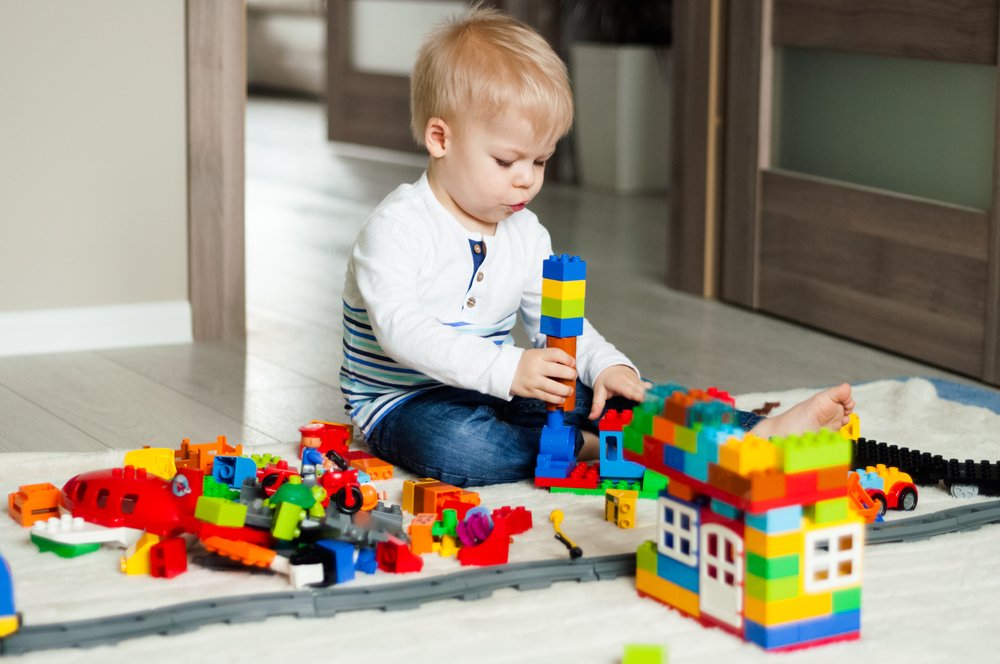Key points:
- Your child’s manipulative skills involve using objects to complete tasks and are essential for understanding the world.
- They progress from grasping objects to mastering the pincer grasp for precise manipulation.
- Everyday activities like writing, eating, and dressing require manipulative skills.
- To help your child develop these skills, provide opportunities for them to grasp, play with playdough, work with small objects, and practice bilateral coordination and postural control.
As your little one conquers new milestones, they’ll learn how to manipulate objects. Manipulative skills involve using an object to complete a task. It is a very important milestone in your child’s development; it is through this functional play and experiences that they are able to experience the world and understand how it works.
In the early stages you might see your baby’s manipulative skills when they reach and grab a rattle. They’ll later learn how to take a building block with the palm and move certain fingers, separating them, to be able to rotate or stack it. They’ll become so good at constructive play that they’ll start grasping smaller objects. As they master the pincer grasp, you’ll see how they pick very small objects with just their thumb and index finger, and love playing with arts and crafts materials. They’ll become pros at manipulating objects and they’ll acquire bilateral skills as they use both hands for different things. For example, when cutting a sheet of paper, one hand will use the scissors while the other holds the piece of paper.
Positioning the pencil when taking notes, eating with utensils, working with buttons, zippers, and shoelaces when getting dressed are daily activities that require manipulative skills.
What can you do to help your child learn object manipulation?
- Provide plenty of opportunities to grasp objects and strengthen their hands and fingers. Play with building blocks, open and close containers, or move objects from one box to another.
- Get them interested in playing with playdough. Rolling, and squishing it are skills that involve firmness and hand-eye coordination.
- Promote hand division by working on picking up small objects, inserting coins in a piggy bank, or going outside to collect nature objects. Encourage your child to use the thumb, index, and middle finger for manipulating the object while the other fingers remain tucked into the palm.
- Foster bilateral coordination by inviting them to use both hands when performing a task. For example, when building a tower, one hand should hold a building block while the other hand stacks another block on top of the tower.
- Practice postural control. Teach your kid how to stabilize their body in order to coordinate arms, hands, and fingers. For example, when sitting down to draw. This will not only help them for static activities, but also foster their anticipation strategies for activities in which their center of gravity moves. For example, throwing and catching a ball, hopping on one-foot, balancing exercises, etc.
- Bring body awareness into the activities. Emphasize on the feedback that the brain receives from the position of the fingers and hands when performing a task. The texture of the fabric or the squishiness of the playdough will help your little one guide their movements to manipulate things and develop future dexterities like the pencil grip.








